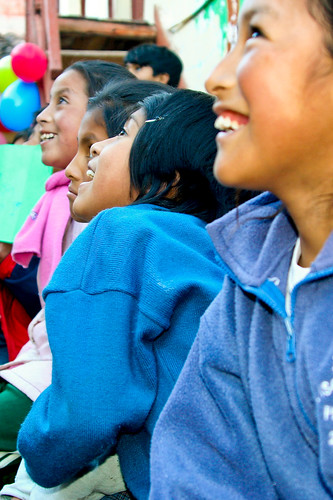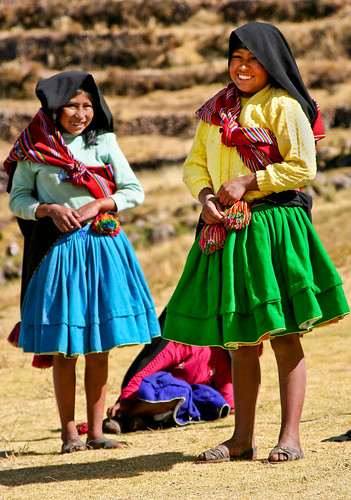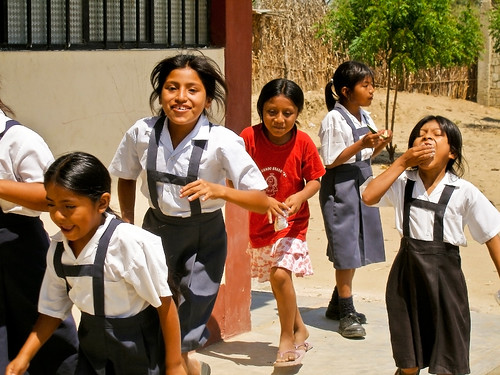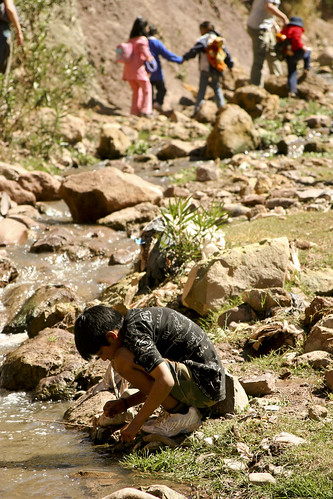I wrote a popular previous post about How to Start Out as a Humanitarian Photographer. It discusses one of the important initial steps of this endeavor: the Self-Assignment. The self-assignment – a volunteer trip to work with and photograph an NGO or non-profit – should help you determine if humanitarian or travel photography is something you really wish to pursue. And if so, it helps you to gain experience working in the field, collaborating with NGOs, and preparing for future assignments. Once you’ve completed and returned from that trip, there is much more to be done!

Editing: Your first task is to select the best images out of the hundreds or thousands of digital images you took, and then to edit and optimize those images. If you are not already adept at working with Photoshop and/ or Lightroom you need to learn the programs and begin to gain proficiency. There are numerous books for this, so try to find the ones that work best with your learning style. Some of the ones I’ve found most helpful are the books by Scott Kelby and by Chris Orwig:
The Adobe Photoshop CS5 Book for Digital Photographers by Scott Kelby
The Adobe Photoshop Lightroom 3 Book for Digital Photographers by Scott Kelby
Adobe Photoshop CS4 How-Tos: 100 Essential Techniques by Chris Orwig
Adobe Photoshop Lightroom 2 How-Tos: 100 Essential Techniques by Chris Orwig
These and other helpful photography related books can be found in my post on Essential Digital Photography Books. Don’t worry about learning every feature of the programs but concentrate on the basic color, contrast, and sharpening features, as well as layers and adjustment layers. As you gain proficiency, move into masking, retouching, advanced sharpening and black and white conversions. Develop good editing, metadata, storage, and workflow habits from the start because it becomes hard to undo bad habits later on. Begin to learn how to use actions and batch processing to more quickly process numerous images.
Contests: When you’ve finished selecting and editing your best images, begin to enter them in contests. The reason for entering contests is not to gain sudden fame, riches, and an instant professional career. Few, if any contest will lead to this, no matter what they promise. Instead, the purpose of contests is to start to develop credentials. Being selected as a finalist or winner of a photo contest will enable you to add that accomplishment to your CV, and winning will allow you to add that coveted phrase in front of your name: “Award winning photographer.” Many contests lure you with the promise of exposure to those in the photo industry or the greater public, but in reality there is very little chance that this will lead anywhere, even if you win. Photographers who are regularly published in magazines and whose name is often in front of industry insiders still struggle to obtain their next gig, so don’t expect your single photo to bring you much. Also, participating in contests will help you to see what others think of your photos. Of course you think they are great, and your friends and family rave over them, but what about others out there? It also helps to see your photos side by side with countless others to see if your images truly stand out among the masses. However, it comes back to you to be the best judge of this. The images that are chosen will often confuse and annoy you and the other entrants, and it is often difficult to understand why the judges chose particular images. It helps somewhat to look at the winners of the previous years to see what types of images catch the judges’ eyes, but it is impossible to second-guess what they are looking for year to year. Stick to entering the images you like best, but detach yourself emotionally from your photos’ subjects and the experience of taking them, and view them as an impartial observer. If contests ask for captions, descriptions or short essays to go with the photos, take time to carefully write them. Look into guidelines and recommendations for writing newspaper captions, and please, avoid saying amateurish phrases like, “I took this photo while standing…”
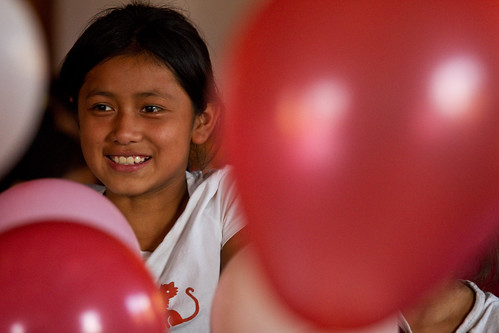
There are a few contests (and grants) that cater to humanitarian photography, such as those run by Photoshare, Focus for Humanity, and PhotoPhilanthropy. There are countless other photography contests so search on the Internet to find some current ones. Many of your photos will likely fit well in travel photography contests or the travel category of a contest. Also be sure to look at other categories that might apply such as people or portraits. It is best to stick to the well know, reputable contests, like those run by National Geographic, Smithsonian magazine, airline magazines, travel magazines like Conde Nast Traveler, travel guidebooks like Rough Guides and Viva Travel Guides, travel websites like Peterman’s Eye, contest sites like Travel Photographer of the Year, and newspapers. Be wary of contests that charge entry fees. You can quickly spend a lot of money entering multiple photos to multiple contests in the hope of gaining notoriety. But remember that the likelihood of you winning the grand prize is small, no matter how amazing your images are, and even if you did win, it will not lead to sudden fame and an instant professional career. While some of the contests you have to pay for are well respected and legitimate, such at the International Photography Awards, and it may be worth it to enter a couple, keep in mind that the most you can expect is to be able to use this credential in your bio and descriptions. Also note that some of the prestigious contests with entry fees attract professional and commercial photographers or very highly talented amateurs, and the quality of the entries exceptional. Determine if it is worth your time and money to enter, or better to wait a few years until your skills and images improve. But also remember that, despite thousands of entrants, it is possible to win photo contests. I’ve been recognized in several contests, have won a dSLR, and had my photo selected for a travel guidebook cover.
Be sure to carefully read the fine print of a contest’s rules and guidelines, especially to determine if you are signing away the rights to your photos. Contests are often tools for a company to gather a large pool of free photos to use in their books or website, and you may be surrendering lifetime, or even exclusive rights to them just by entering. You never want to surrender your copyright or give them exclusive rights and just give away your photos for free for them to use however they wish. Recent examples of this which greatly upset many photographers including well respected professionals were a National Trust contest in the UK and a Frommer’s cover contest. If you are still determined to enter and feel that the potential benefit outweighs the cost, consider entering a photo that is similar to your best photo, but not the exact same one that you may wish to use, exhibit, and sell later.
Grants and Fellowships: In addition to contests, you should also consider applying for grants and fellowships. There are very few of these, but if you were to win, they would allow you to travel and pursue an in-depth project. I’m sure you’ve begun to think about personal projects and places you would like to travel to and photograph, so turn your idea into a compelling story. Most grant and fellowship applications require both a sample photo essay or story and an essay or proposal. Hopefully on your self-assignment you documented your project in a manner that tells a story of a place, organization, or person. If not, careful editing and captions might create a good photo essay. Some grants or fellowships require a project already in process, so keep this in mind as your travel and work. Writing the proposal is very time consuming and takes a lot of careful thought, so start working on yours well in advance of the deadline, and follow their requirements precisely.
Many of the contests, grants, and fellowships occur annually, so be sure to add them to your calendar, giving yourself a few weeks to prepare for each of them. Some online sites which list many of them are:
http://www.lightstalkers.org/
http://www.lightstalkers.org/
http://photographygrants.blogspot.com/
http://photojournalismlinks.com/awardsgrantsandcompetitions/
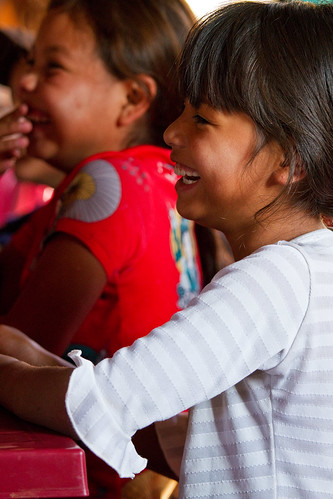
Website: This is pretty self-explanatory – build a website to share your work with others. There are countless sites which are designed to host photo portfolio websites, such a PhotoShelter and Fluid Galleries, or templates you can incorporate into your own website. Try to strike the best balance you can between do-it-yourself, cost, functionality, and professionalism. Domains and hosting are very cheap through places like GoDaddy, but portfolio templates and hosting can start to add up to hundreds of dollars a year. Try to keep the costs to a minimum until you start making money from your photography. Just make sure your site looks clean and professional, functions quickly and intuitively, and that your images are large and easy to navigate. Here is a list that can get you started.
Exhibitions: Print and frame your photographs and exhibit them so that you can share them with a wider audience. Look for unique opportunities of places and events that might be eager to incorporate your photos, such as travel agency offices, local festivals, performances, and movie screenings that relate to the culture or country where your images are from, local stores, and restaurants (although I am wary of this last one as I would prefer to sell my images to them and am afraid of damages to the prints from exposure to constant cooking air).
Read: Continue to read and learn about the humanitarian issues and the countries that most interest you. A good place to start is any of the books listed in the Humanitarian Books section of the Amazon.com site I put together. Get them from your library, or purchase them through that site and help support my work! This post also has information about books, and this post talks about other resources for learning about humanitarian issues.
The next step in the process is to learn the business aspects of becoming a professional photographer. I’ll save that lesson for another time!
For related posts, be sure to check out the other entries in the Humanitarian Photography category.



